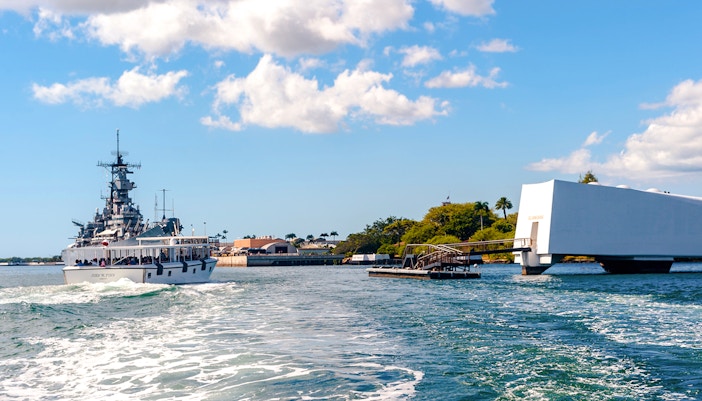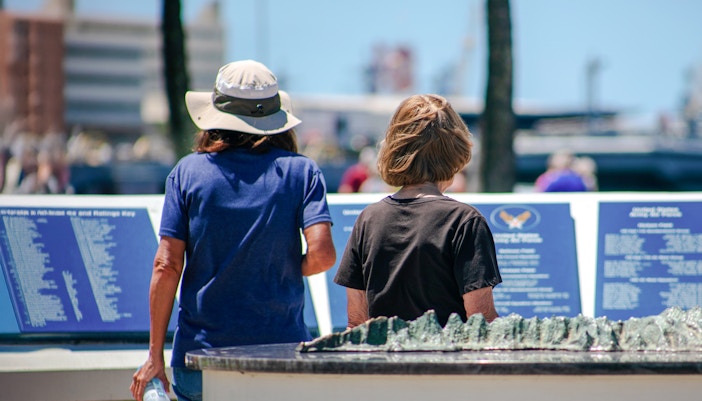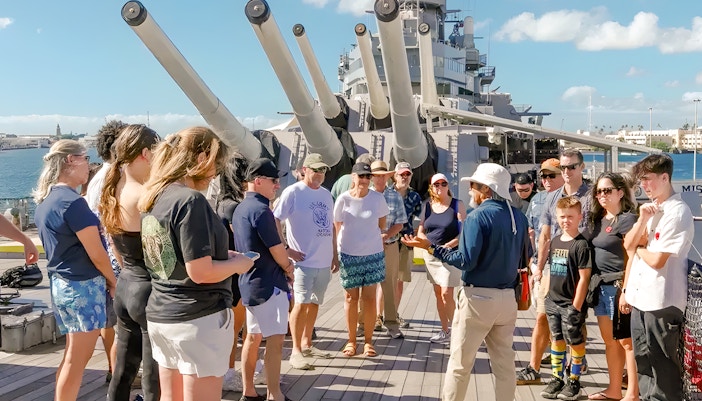Pearl Harbor facts you didn’t learn in history class
Americans Fired the First Shot
Just hours before the planes arrived, the destroyer USS Ward spotted and sank a Japanese midget submarine attempting to enter Pearl Harbor. This marked not only the opening salvo at Pearl Harbor but also the first official combat action for the United States in World War II. Unfortunately, the report wasn’t taken seriously in time to prepare for the incoming air assault.
Attack Lasted 75 Minutes
The Japanese assault came in two carefully coordinated waves between 7:55 and 9:10 a.m. In just 75 minutes, battleships, cruisers, airfields, and military installations were heavily damaged or destroyed. The attack left over 2,400 Americans dead and propelled the U.S. directly into the global conflict.
The Date Was Strategically Chosen
Striking on a quiet Sunday morning was deliberate. Japanese military planners believed most American servicemen would be resting, attending church, or at breakfast. The timing heightened the element of surprise, catching many completely unprepared, even in their sleeping quarters.
USS Arizona’s Anchor in Phoenix
One of the massive anchors from the USS Arizona, the battleship that suffered the greatest loss of life, was salvaged and now stands in Wesley Bolin Plaza in Phoenix, Arizona. It serves as a powerful reminder of the ship’s sacrifice and a symbolic link between the tragedy in Hawaii and the rest of the nation.
First Japanese POW Came from a Submarine
Kazuo Sakamaki, commander of a two-man midget submarine, ran aground on Oahu’s Bellows Beach after his vessel malfunctioned. Captured by U.S. forces, he became the first Japanese prisoner of war held by America during WWII. His story became both a propaganda tool and a personal tale of survival.
Fires on Water Were Deadly
As bombs and torpedoes ripped into ships, leaking oil ignited on the harbor’s surface. Sailors who abandoned ship often found themselves swimming through flaming fuel, fighting for breath and safety. Many who survived the explosions and flooding perished in these infernos.
Japanese Navy Leaders Had Reservations
Not all Japanese officers supported the Pearl Harbor plan. Some felt a surprise attack would awaken a formidable enemy rather than intimidate them. Diaries and postwar accounts revealed conflicted feelings, particularly because Japanese and American sailors had shared years of professional respect before hostilities erupted.
Americans Mistook Invaders’ Markings
In the chaos, some U.S. servicemen initially identified the aircraft by the large red circles painted on the wings. These “meatballs,” as they were nicknamed, quickly confirmed the attackers as Japanese. This realization erased any remaining doubt that the U.S. had been suddenly thrust into war.
Battleship Nevada Attempted a Daring Escape
Amid the destruction, the USS Nevada was the only battleship able to get underway. The crew attempted to steam out of the harbor, but the ship became a prime target for enemy aircraft. After sustaining heavy damage, the decision was made to deliberately beach her to avoid sinking and blocking the harbor channel.
Some Japanese Tried to Warn America
A diplomatic message breaking ties with the U.S. was intended to be delivered before the first bombs fell. However, bureaucratic delays in Tokyo meant the note arrived hours too late. The late delivery made the attack appear even more treacherous, cementing American outrage and fueling the nation’s resolve to enter the war.

More reads

About

Plan your visit

